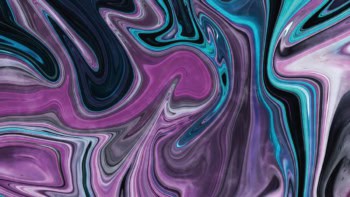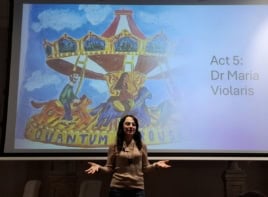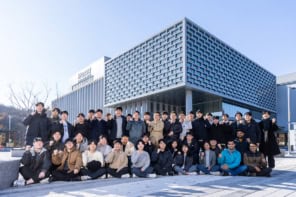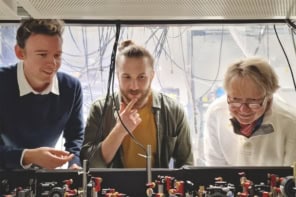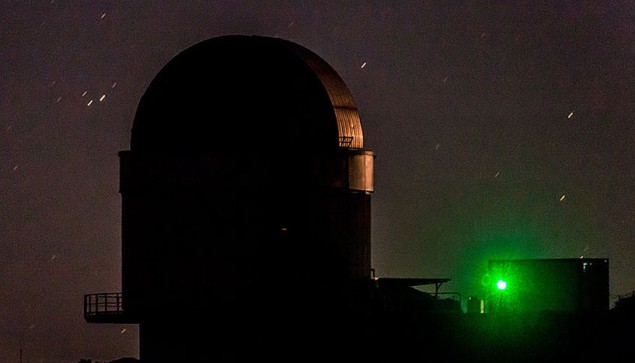
Light that has travelled billions of light-years from now-ancient quasars has been used by physicists to close the “freedom-of-choice” loophole in Bell tests of quantum entanglement. Done on Spain’s Canary Islands, the experiment is a significant improvement over a similar test done in 2017 that used light from nearby stars. Meanwhile in China, an independent team has done a similar experiment using starlight that also closes the “fair sampling” loophole.
Entanglement is a curious consequence of quantum mechanics that allows two particles to be connected in a way that cannot be described by classical physics. It is observed as correlations between measurements made on two particles (such as their polarizations). In 1964 the Northern Irish physicist John Bell described his famous test of whether such correlations are stronger than those allowed by classical physics – as defined by a violation of what is now called Bell’s inequality.
Many Bell test experiments have since been done to confirm entanglement. However, no experiment is perfect and there are number of experimental “loopholes” that could allow purely classical phenomena such as faulty detectors to affect the outcome. In 2015, physicists simultaneously closed two important loopholes called “fair sampling” and “locality”.
Unknown correlations
Freedom of choice is another important loophole that involves how the measurements are done. In a Bell test on entangled photons, a large number of measurements are made on different entangled pairs in which the direction of the polarization measurement is selected at random. If, for some reason, the polarization selection is not random but correlated to other aspects of the experiment, then the outcome of the Bell test could be affected.
In 2017 Johannes Handsteiner and Anton Zeilinger of the University of Vienna and an international team used the random nature of starlight to close this loophole. Two telescopes at two locations in Austria separated by nearly 2 km were pointed at two different stars. The colour of the starlight changes in a random manner and this was used to decide how to set Bell test polarization detectors. The stars were chosen so that their light arrives at their respective telescopes first, before reaching other parts of the experiment. This, and the fact that the starlight light was created hundreds of years ago, very far away from Earth and in stars separated by a great distance allowed the physicists to conclude that there is no correlation between the choices of polarization measurement and the rest of the Bell test experiment.
Now, the team has joined forces with astronomers at two telescopes on the Canary Islands to do a similar Bell test using light that was first emitted from quasars billions of years ago. The experiment involved two measurement settings – one dictated by the colour of quasar light generated about 8 billion years ago and the other dictated by the colour light generated in a different quasar about 3 billion years ago. The result is a violation of Bell’s inequality by 9.3σ, which is well in excess of that usually needed to qualify a discovery-level measurement.
Fair sampling
The experiment is described in Physical Review Letters, where the team points out that their experiment does not close the fair sampling loophole. This is because the photon detection process was relatively inefficient and so many entangled pairs were not measured. As a result, there was no way of knowing if there is a bias in which photons were detected and which were not – and such a hypothetical bias could result in a false positive Bell test.
Also in that issue of the journal is a paper by Jian-Wei Pan of the University of Science and Technology of China and colleagues, who describe a similar experiment using starlight. In their experiment, however, they closed the fair sampling loophole by ensuring that their photon detectors operated at about 78% efficiency – high enough that a hidden bias would not affect the Bell test.
